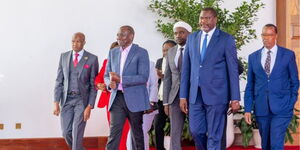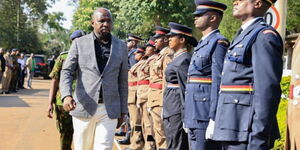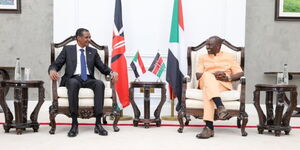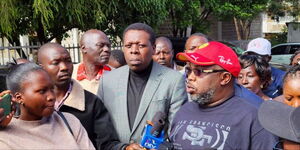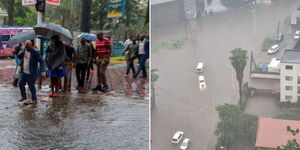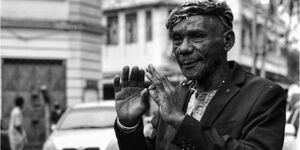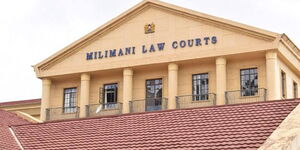41 years after the death of Kenya’s founding President, Mzee Jomo Kenyatta, the reasoning behind his burial on Parliament grounds is unknown to most.
A 2010 interview of former Attorney General (AG) and close confidant to the late Mzee Jomo, Charles Njonjo, may hold the key to the big mystery.
Speaking to the Daily Nation, Njonjo confessed on the dilemma they were faced with following the death of the President in August 1978.
“We were confused, we were overwhelmed, this had never happened. What do we do with the body of the first president of this country?" he pondered.
Njonjo came clean on the fact that discussions on where Mzee Jomo was to be buried had never come up, as none even dared to entertain the thought.
He warned that imagining the President’s death was a treasonable offence, a ruling which put to an end a fierce debate on the Kenyatta succession spearheaded by a group of central Kenya leaders whose intention was to stop then Vice-President Daniel Arap Moi from succeeding Kenyatta.
Therefore, following Jomo's untimely death, a sub-committee was quickly set up, to determine the founding father's final resting place.
It was at this point that the committee decided to give first priority to Kenyatta's family, in regards to the option of burying him at his home in Gatundu.
Most members of the special committee felt that this was the most honourable option, based on local traditions.
However, Kenyatta's family refused to go through with it, making it clear that despite their desire to lay him to rest at his own farm, Mzee Jomo was simply 'bigger' than his constituency, thereby, allowing the committee to bury him at his current resting place on Parliament grounds in Nairobi.



